The gemstone industry is changing dramatically with certain colors enthralling both trendsetters and lovers. The gemstone palette of this year combines classic elegance with modern flare in a celebration of the rich variety of nature.
Every hue has a different narrative to tell, from the calm blues that remind one of ocean waves to the intense reds that arouse passion and fire. Reviving these well-liked gemstone hues speaks to deeper emotional and cultural meaning in addition to personal style. Come discover the most popular gemstone colors, where history and contemporary blend in brilliant harmony.
Here is the list of Gemstone Colors
1. Garnet
Most people know garnet, a fascinating silicate mineral, for its rich red color and glass-like brilliance. Though the name suggests “dark red,” garnets really occur in a range of hues, including blues and greens. It’s said that the vivid red pomegranate seeds inspired the name of the gemstone.
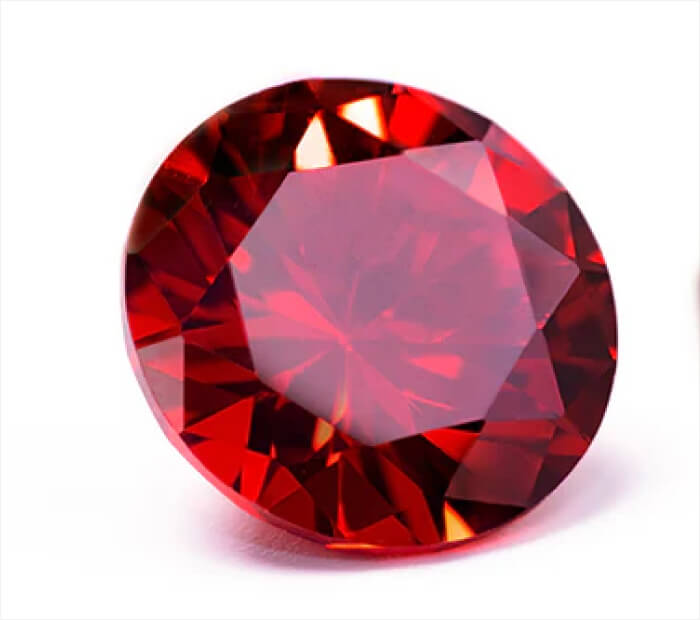
A classic second wedding anniversary present and the birthstone for January, garnet has great personal significance. For engagement rings, a strong and protective setting, such a bezel or halo design, is required since garnets score between 6.5 and 7 on the Mohs hardness scale. A lovely and reasonably priced choice, garnets usually cost between $500 and $600 per carat.
2. Amethyst
Elegant lilac to rich, deep violet, and sometimes even crimson, blue, or green, amethyst is a remarkable purple type of quartz. According to a study, a third of expensive gemstone engagement rings include amethyst.
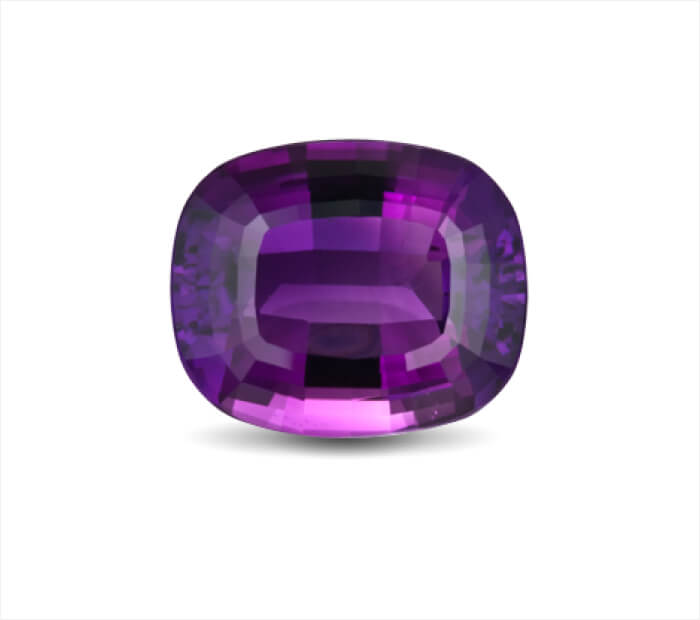
The word “amethyst” comes from ancient Greek and refers to the folkloric idea that the stone may save one from being wasted. A 7 on the Mohs hardness scale, amethyst is the birthstone of February and the customary gift for the sixth wedding anniversary. This makes it durable for engagement rings. Amethyst is reasonably priced from $20 to $50 a carat.
3. Aquamarine
The exquisite greenish-blue tones of aquamarine, a kind of beryl gemstone, are said to capture the spirit of the sea. Often seen on Meghan Markle, who often wears a roughly 50-carat emerald-cut aquamarine ring that was Princess Diana’s, this gemstone represents youth and pleasure.
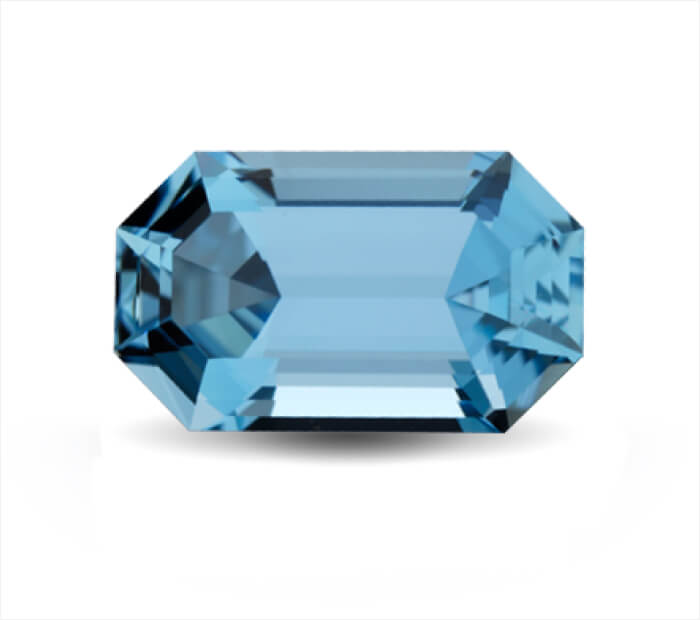
Aquamarine was known to the ancient mariners as the “mermaid’s stone” because they thought Neptune had blessed it to guarantee safe travel. March’s birthstone and a customary present for 19th birthdays, aquamarine is a sturdy option for engagement rings since it rates between 7.5 and 8 on the Mohs hardness scale. Generally speaking, a carat of aquamarine costs between $130 and $400.
4. Diamond
Famous for their unmatched durability and brightness, diamonds are available in a range of hues other than the traditional colorless “ideal.” These diamonds, which range greatly from Blake Lively’s pink diamond to Jennifer Lopez’s 30-carat canary yellow diamond, demonstrate the wide range that is available.

Pale yellow to uncommon blues, greens, pinks, and reds are among the colors of diamonds. Diamonds have historically been linked with marriage proposals as symbols of love, power, commitment, and purity.
At ten on the Mohs hardness scale, diamonds are the hardest known material and the customary present for a tenth anniversary. One-carat flawless diamonds usually cost more than $4,000, while lab-grown diamonds are around 25% less expensive.
5. Emerald
Five percent of precious stone rings are emeralds, which are prized for their vivid green colors and are a common option for engagement rings. Though their rich hue is well-known, emeralds may also come in tints ranging from yellow-green to blue-green. In the past, emeralds have stood for protection, love, healing, and honesty.

May’s birthstone and a customary 20th anniversary present, these stones are exquisite and significant. Emeralds grade between 7.5 and 8 on the Mohs scale, but their natural inclusions can make them susceptible to wear. Choose a low-profile, supporting setting for your emerald engagement ring. Emeralds may cost anywhere from $200 to $9,000 per carat, depending on the quality, color, and lab-grown or natural status of the stone.
6. Pearl
Though not usually linked to engagement rings, Emma Stone’s stunning white pearl and diamond Catbird ring helped to popularize pearls. Classic white to blazing black are just a few of the many hues available in these organic treasures. Pearls have historically represented love and good fortune; the definitions vary according to the color and kind of pearl.
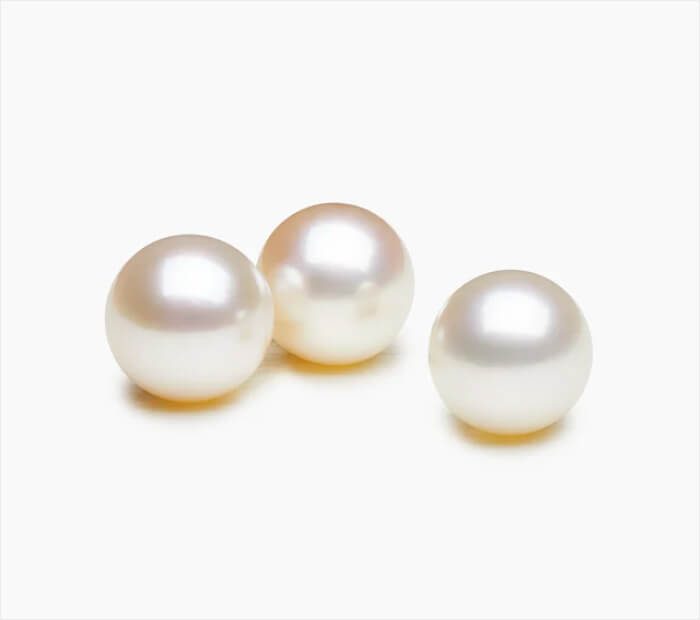
Pearls have a special appeal as June’s birthstone and the customary present for a 12th anniversary. Pearls are softer and more often used as necklaces and earrings, with a Mohs hardness value of 2.5. But they can make gorgeous engagement rings with the right handling. Prices range; premium South Sea pearls might cost six figures, while freshwater pearls could cost tens of dollars.
7. Ruby
With their eye-catching deep red hue, rubies are a traditional jewelry option that accounts for 2% of engagement rings set with precious stones. Famously, celebrities like Victoria Beckham and Eva Longoria have opted for this kind of material corundum as an alternative to diamonds. From the Latin word “ruber,” which means red, “ruby” refers to a range of colors from dark pink to deep purple.

The birthstone for July and the customary present for the fifteenth anniversary, rubies stand for love, purity, and passion. The mohs hardness level of nine makes rubies very durable and perfect for engagement rings. Price ranges greatly, from a dollar to more than $100,000 per carat, according on size and quality.
8. Sapphire
Popular substitute for engagement rings, sapphires are known for their beauty and durability and are particularly cherished in royal circles by people like Kate Middleton and Princess Diana. These stones, which make up 17% of the precious gem center stones in engagement rings, come in a variety of hues including pink, orange, yellow, purple, and black in addition to the classic blue.
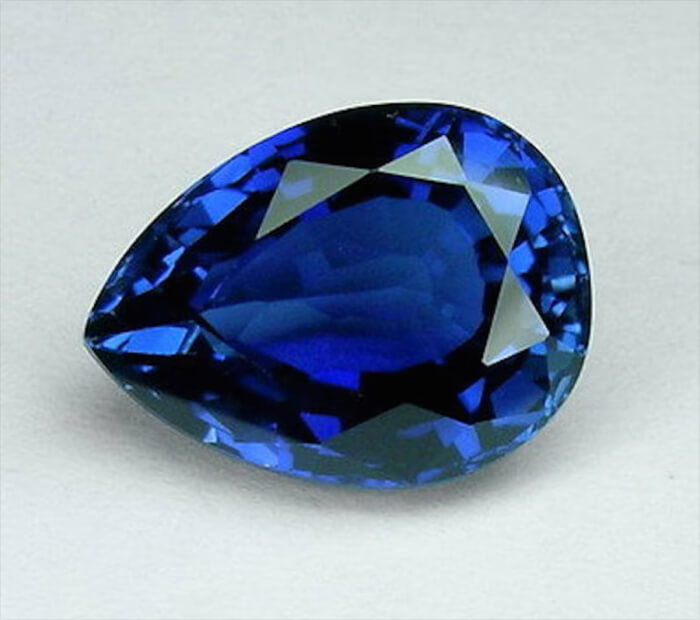
Sapphires are said to protect against bad energy and provide plenty, and they are connected to monarchy. With a Mohs hardness of nine, sapphires are the birthstone for September and the customary present for the 23rd anniversary. Depending on size and quality, they may go between $25 to more than six figures per carat.
9. Opal
With their stunning color play, opals are a common option for engagement rings—they account for 6% of all precious jewel rings. Opals are smooth and faceless, which highlights their individual beauty and are usually cut and polished into cabochons. Milky multicolor, yellow, brown, gray, and black are just a few of the hues available.
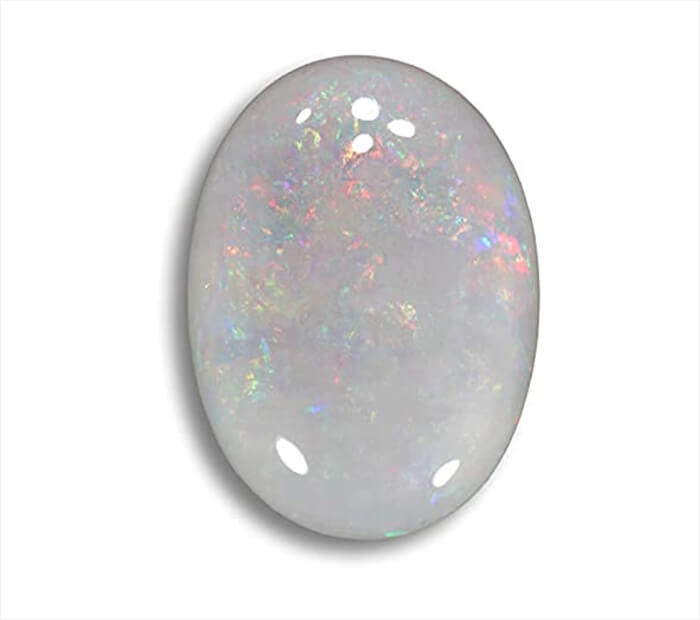
Opals can show every hue in the spectrum, hence historically they were believed to bring good fortune. October’s birthstone is opal, and the 14th anniversary present is often an opal. They need protective settings and cautious handling because of their Mohs hardness of 5.5 to 6.5. The most precious kind, black opals, may cost anywhere from $50 to $10,000 per carat.
10. Topaz
Earthy in tone, topaz is a silicate material that provides a distinctive choice for engagement rings; yellow topaz is especially captivating. Though genuine light yellow topaz captivates, blue topaz makes up 2% of precious gem center stones. With its many colors—blue, green, yellow, and even imperial topaz, which has a flaming golden-red hue—topaz is well-known for its adaptability.
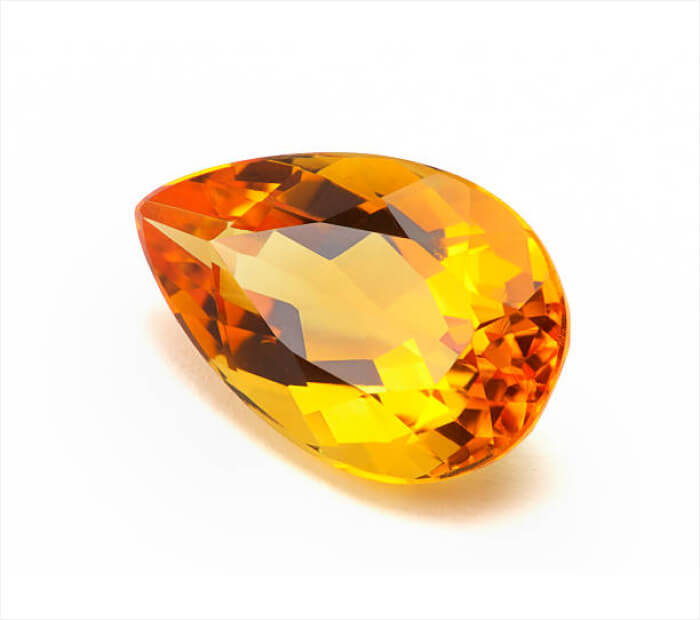
November’s birthstone and the fourth-anniversary gem, topaz, represent love, passion, and purpose. Because topaz has a remarkable Mohs hardness value of 8, it is durable enough to wear every day. Although blue topaz costs around $8 per carat, rare brown topaz may fetch prices of up to $1000 per carat.
11. Tanzanite
One of a kind gemstones discovered only close to Mount Kilimanjaro in Tanzania, tanzanite becomes an enticing option for engagement rings. One percent of alternative gem center stones are tanzanite, which is distinguished by its blue and purple tones.
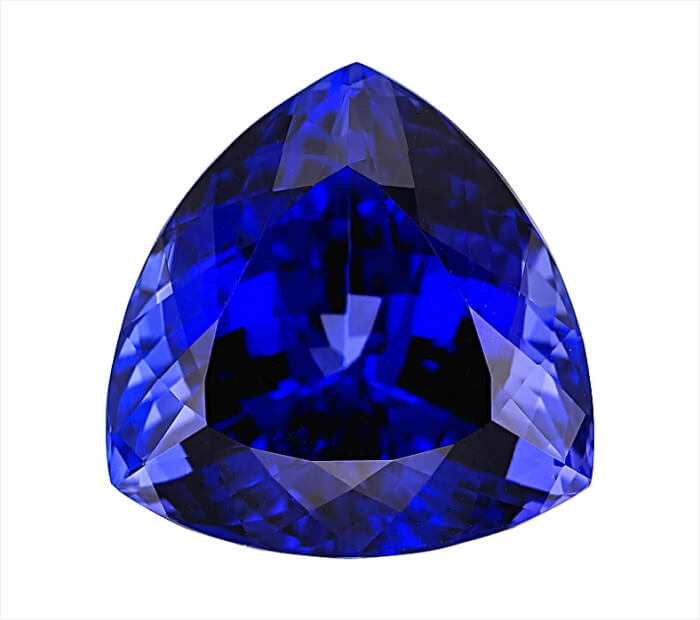
Rarity greater than diamonds, this gemstone represents wealth and fresh starts and is the birthstone for December and the 24th-anniversary jewel. Tanzanite has a long history; Tiffany & Co. first introduced it in 1968. Its 6.5 Mohs hardness grade calls for cautious handling and protective settings in engagement rings, nevertheless. Because tanzanite is so uncommon and appealing, its price ranges from $100 to $800 per carat.
12. Alexandrite
Alexandrite, a mineral produced from chrysoberyl, has fascinating color-changing qualities that make it a great option for engagement rings. Found in a Russian mountain range, it is named after Czar Alexander II. As a lucky and prosperous gemstone, it represents the harmony of the material and spiritual worlds.
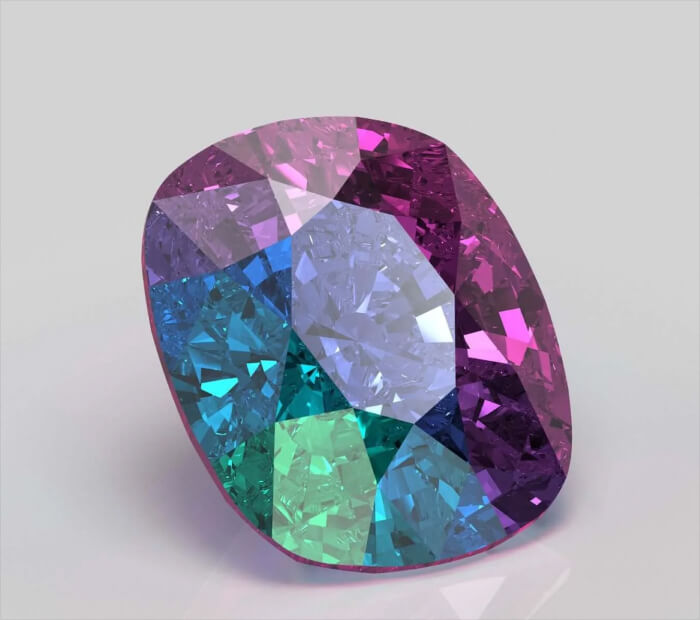
Collectors like Lauren Santo Domingo of Moda Operandi find Alexandrite to be a rare and attractive material. Because Alexandrite has an 8.5 Mohs hardness grade, it is durable and appropriate for engagement rings. Still, its rarity adds to the price range, which for various quality ranges from $15,000 to $70,000 a carat.
13. Morganite
The warm, rosy tones of monetite engagement rings appeal especially to pink lovers, a feeling that celebrities like Blake Lively share. Because morganite is more reasonably priced than diamonds, it is still a common option for engagement rings, even though it is the rarest kind of beryl.
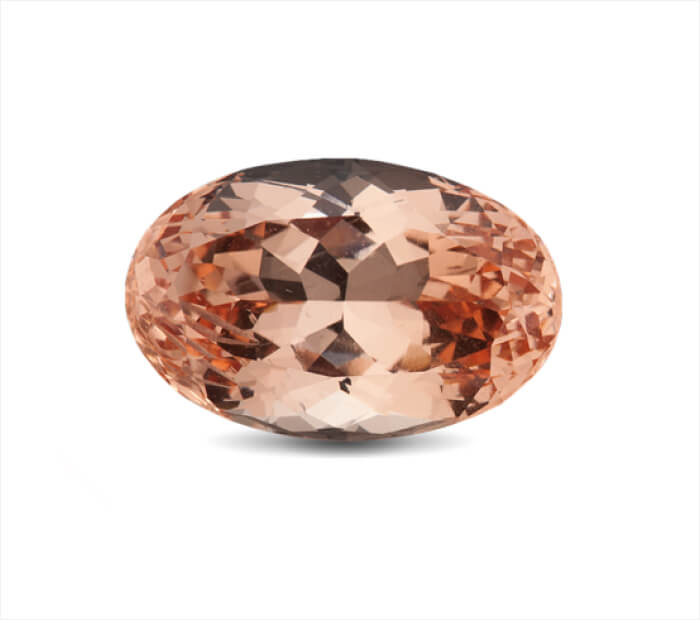
Elegant and sophisticated, this gemstone, named after J.P. Morgan, symbolizes heavenly love. Mohs scale durability ratings of 7.5 to 8 guarantee a lifetime appropriate for everyday use. Usually costing between $100 and $300 per carat, morganite is a stunning but reasonably priced choice for those looking for an engagement ring.
14. Moissanite
Often referred to as a diamond substitute, moissanite gives couples a more affordable and ecologically responsible choice. This silicon carbide gemstone has grown in favor, particularly with individuals who want bigger stones. Often prized for its diamond-like look, moissanite also occurs in unusual colors like teal and gray.
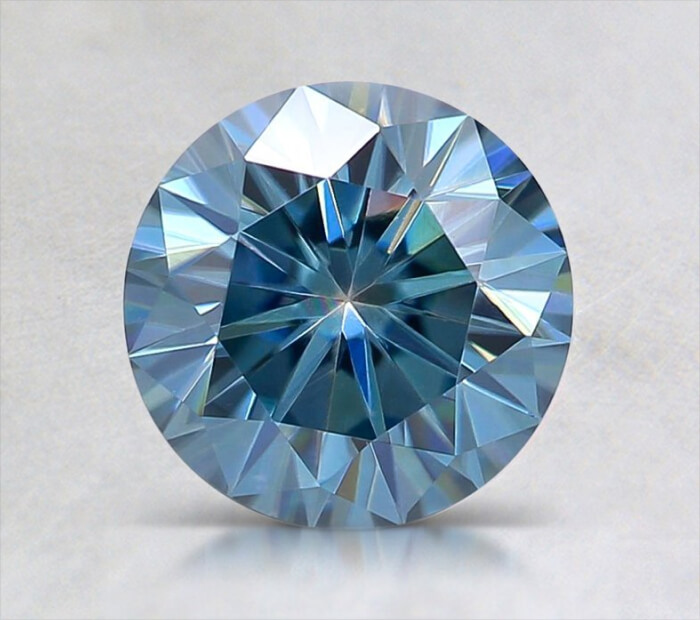
Couples find great significance in moissanite, which stands for a strong and lasting relationship. It is very robust; its Mohs value of 9.25 puts it up against diamonds. For anyone looking for an engagement ring that is both beautiful and reasonably priced—moissanite typically retails for $300 to $400 per carat.
Conclusion
In 2024, the most popular gemstone colors are expected to make a big impression. Rich greens, intense reds, and deep blues are gaining the stage, indicating a movement for uniqueness and self-expression. Because they are so classic, sapphires, rubies, and emeralds still rule the market.
Trendsetters are also starting to choose unusual colors like moissanite’s enthralling blue, tanzanite’s brilliant violet, and morganite’s peachy pink. These many hues represent individual flair and provide a variety of choices for those who want to choose jewelry that stands out.

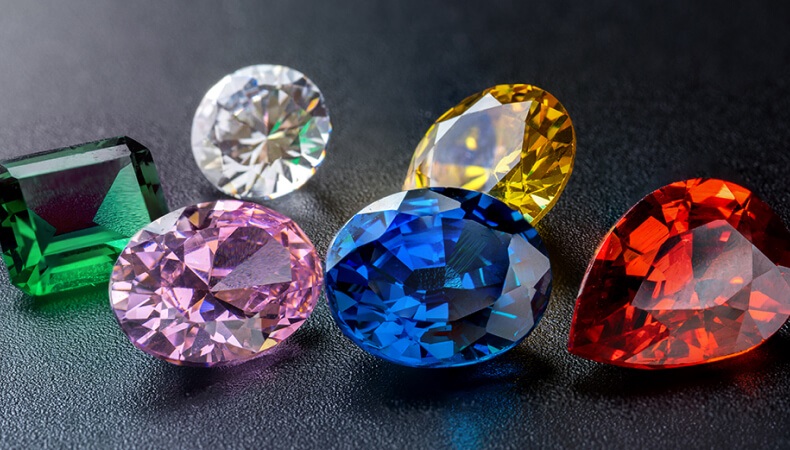
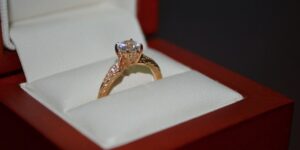
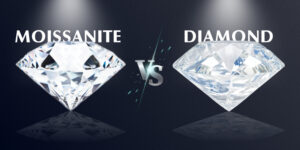

![10 Most Expensive Celebrity Engagement Rings [2024] 10 Most Expensive Celebrity Engagement Rings [2024]](https://www.happywedding.app/blog/wp-content/uploads/2024/06/Expensive-Celebrity-Engagement-Rings-300x150.jpg)
![20 Bridal Necklace Ideas For Every Style [2024] 20 Bridal Necklace Ideas For Every Style [2024]](https://www.happywedding.app/blog/wp-content/uploads/2024/05/Bridal-Necklace-Ideas-For-Every-Style-300x150.jpg)
![15+ Best Pastel Wedding Theme Ideas [2024] 15+ Best Pastel Wedding Theme Ideas [2024]](https://www.happywedding.app/blog/wp-content/uploads/2024/08/Best-Pastel-Wedding-Theme-Ideas-300x150.jpg)